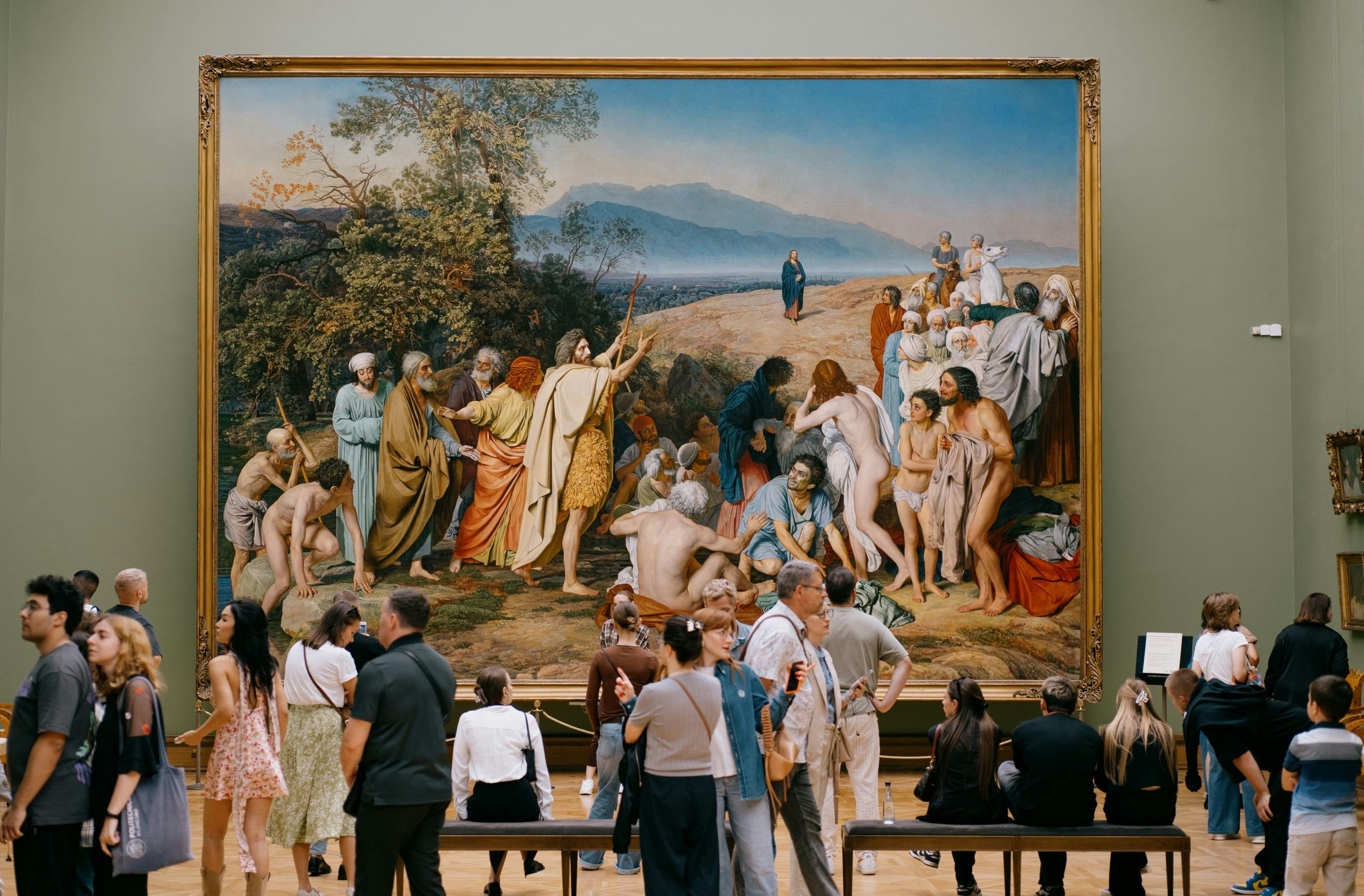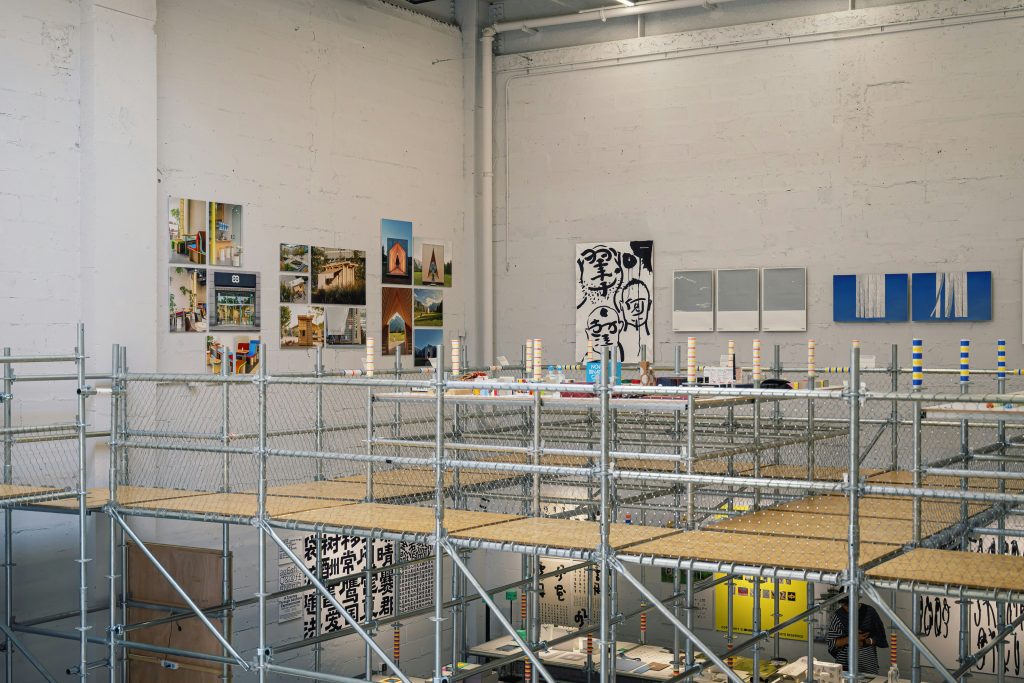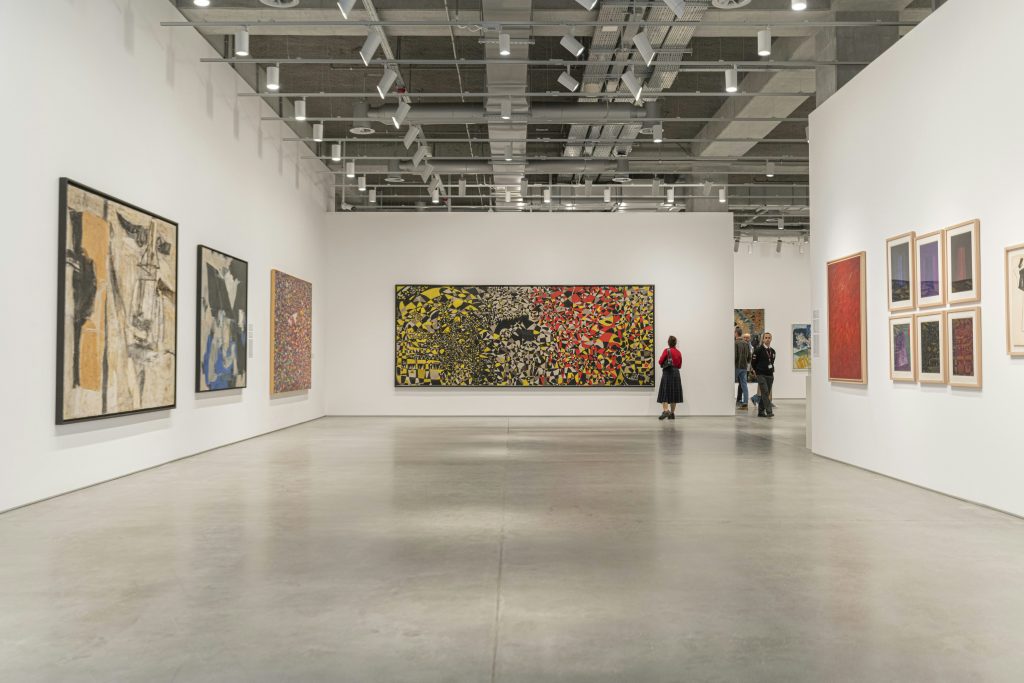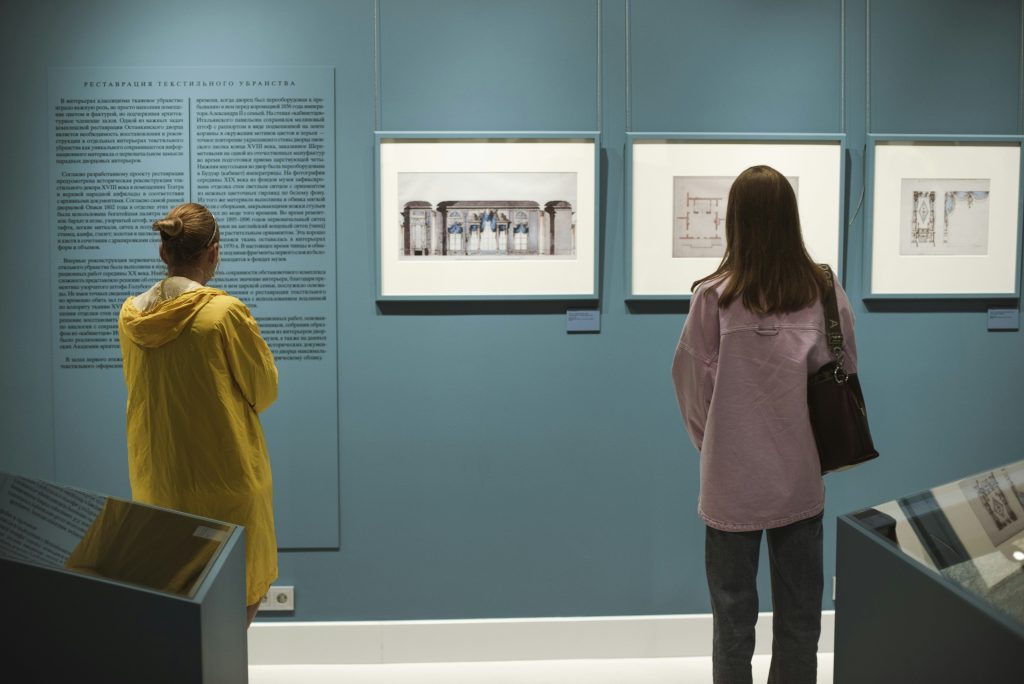
20 Oct Setting Up an Art Exhibition: The Work You Don’t See
Introduction
Setting up an art exhibition is a multifaceted endeavor that goes far beyond simply displaying artworks. It requires months of planning, collaboration, and precise execution to ensure every element works in harmony to create a memorable visitor experience. Behind the scenes, curators, designers, and technical staff work diligently to build an environment where each piece can be appreciated in its intended context. This preparation is what transforms an exhibition into an engaging visual story that invites audiences to connect deeply with the art. The physical setup, from lighting to spatial design, is integral to enhancing both the presentation and the message of the exhibition.
Initial Planning Phase
Every successful exhibition begins with structured planning and a clearly defined vision. The process starts with concept development, where curators and organizers establish a central theme that unifies all exhibited works. Once the theme is determined, a detailed budget is prepared, covering costs such as artwork transport, insurance, equipment rental, and promotional materials. A well-organized timeline with key milestones ensures the project stays on schedule, from early curatorial meetings to installation and opening day. Venue selection is another pivotal step—its size, lighting capacity, security features, and accessibility all influence the exhibition’s layout and visitor experience.
Curatorial Process
The curatorial stage shapes the intellectual and artistic backbone of the exhibition. Curators select artworks based on their thematic relevance, artistic quality, and compatibility with the overall exhibition concept. Clear communication with artists and representatives ensures proper coordination of artwork loans, shipping, and presentation. Curators also create an interpretive flow that guides visitors naturally through the space, encouraging meaningful engagement with each piece. Spatial design plays a vital role in achieving this, as the positioning of artworks affects how visitors move, observe, and emotionally connect with the exhibition.
Logistics and Operations
Logistical management ensures that artworks are handled and displayed safely and professionally. Transportation is typically carried out by specialized art handlers using climate-controlled vehicles and protective packaging to minimize risk. Insurance coverage is arranged to protect against accidental damage during transit and installation. Setting up the exhibition involves using proper mounting equipment, display stands, and lighting systems to meet conservation standards. Lighting design, in particular, is carefully planned to highlight textures and colors while avoiding glare or heat exposure that could affect delicate materials.
Marketing and Promotion
An effective marketing strategy is crucial to attracting visitors and media attention. Promotion often begins months before the opening and may include press releases, social media campaigns, and collaborations with cultural institutions. Consistent branding through posters, catalogs, and digital visuals helps establish the exhibition’s identity. Press previews and media partnerships can further amplify public interest and coverage. The opening reception serves as a key event for building community engagement, celebrating the artists, and introducing the exhibition’s narrative to the public.
Technical Considerations
Technical setup ensures the exhibition operates efficiently and safely throughout its duration. Display systems must be customized for each artwork, ensuring secure and stable presentation. Security protocols such as cameras, motion sensors, and controlled entry points help protect valuable works. Environmental controls, including temperature and humidity regulation, are essential for the preservation of paintings, sculptures, and mixed-media installations. Informative labeling enhances the educational aspect of the exhibition, providing visitors with essential details about each artist and artwork in a clear, unobtrusive manner.
Staffing and Management
A successful exhibition depends on the collaboration of a skilled and organized team. Curators, technicians, security personnel, and front-of-house staff each play a specific role in maintaining smooth operations. Pre-opening training sessions ensure that all staff members understand the exhibition’s content, safety guidelines, and visitor service standards. Volunteers often assist with crowd management, educational tours, and event coordination. Proper visitor management, including efficient ticketing systems and crowd flow design, ensures a comfortable and accessible experience for all guests.
Final Preparations
In the final days before opening, curators and installation teams perform detailed inspections and final adjustments. A complete walkthrough helps identify areas needing refinement—whether repositioning artworks, adjusting lighting, or fine-tuning signage. Technical teams ensure that multimedia systems, climate controls, and display mechanisms are fully functional. Opening night logistics are carefully orchestrated, including guest invitations, staff assignments, and media coverage. Contingency plans are also in place to manage unforeseen issues such as equipment failures or schedule delays, ensuring a smooth and professional debut.
Conclusion
Setting up an art exhibition is a creative and logistical journey that combines vision, precision, and teamwork. From conceptual planning to final installation, every step contributes to how visitors experience and interpret the art. The behind-the-scenes work—though often invisible—is the foundation that enables an exhibition to inspire, educate, and engage audiences. As technology and exhibition design continue to evolve, the dedication and attention to detail behind each show remain constant, ensuring that art continues to reach people in meaningful and impactful ways.
Key Takeaways
- Exhibitions Require Strategic Planning: Successful art exhibitions start with a clear concept, detailed budgeting, and a structured timeline. Early planning ensures cohesive execution and aligns the artistic vision with practical requirements.
- Curatorial Vision Shapes the Experience: Curators define the intellectual and aesthetic direction by selecting works that align with the theme, guiding visitors through an intentional narrative that enhances emotional and visual engagement.
- Logistics Ensure Professional Handling: Behind every exhibit is a network of professionals managing artwork transportation, insurance, and installation. Proper handling, climate control, and display systems safeguard each piece and maintain its integrity.
- Marketing Builds Public Engagement: Effective promotion—through press releases, social media, and partnerships—creates anticipation and establishes a strong exhibition identity. Opening receptions and community events amplify visibility and attendance.
- Technical and Environmental Controls Are Essential: Lighting, security systems, and climate regulation are meticulously managed to protect artworks and ensure optimal presentation quality throughout the exhibition’s duration.
- Teamwork Drives Operational Success: Curators, technicians, security, and support staff collaborate closely to maintain safety, efficiency, and visitor satisfaction. Proper training and coordination enhance professionalism and consistency.
- Final Preparations Perfect the Presentation: Last-minute checks, lighting adjustments, and technical tests refine every detail before opening day. Contingency planning ensures readiness for unexpected issues, resulting in a seamless exhibition launch.
FAQs
What are the most important steps in planning an art exhibition?
Planning an art exhibition begins with defining a clear concept and selecting a suitable venue that matches the theme and size of the artworks. Curators then organize logistics such as transportation, insurance, and marketing strategies, ensuring each detail—from layout to lighting—is aligned to create a cohesive and engaging experience.
Why is lighting and spatial design so crucial in an art exhibition?
Lighting and spatial design play a vital role in how audiences experience artworks. Proper illumination enhances textures, colors, and details without damaging delicate materials. Similarly, thoughtful spatial planning guides visitor flow, ensuring each artwork is appreciated in its intended context while maintaining a balanced and immersive atmosphere.
How do curators and technical teams collaborate behind the scenes?
Curators and technical teams work closely to ensure artworks are displayed safely, authentically, and with maximum visual impact. While curators focus on conceptual coherence and visitor interpretation, technical teams handle installation, environmental controls, and security systems—ensuring both artistic and operational excellence throughout the exhibition’s run.
Digital storytelling brings art to life in new and powerful ways. Explore how innovative techniques, such as interactive displays and audiovisual narratives, are enhancing exhibitions, capturing attention, and redefining how viewers connect emotionally and intellectually with each piece.




